
Kód: 09028211
Public Natures
Autor Marion Weiss, Michael A Manfredi
Authors' Statement Larger than life but part of it, infrastructure has an immediate presence; it shapes our environment and urban life in vital, authentic and often messy ways. The very nature of infrastructure suggests continuity ... celý popis
- Jazyk:
 Angličtina
Angličtina - Vazba: Pevná
- Počet stran: 304
Nakladatelství: Princeton Architectural Press, 2015
- Více informací o knize

1631 Kč
Dostupnost:
50 % šance Máme informaci, že by titul mohl být dostupný. Na základě vaší objednávky se ho pokusíme do 6 týdnů zajistit.
Máme informaci, že by titul mohl být dostupný. Na základě vaší objednávky se ho pokusíme do 6 týdnů zajistit.Prohledáme celý svět
Mohlo by se vám také líbit
-

Black Shadow - Chapter Two
298 Kč -

Ordinary Person, An Extraordinary Gift
937 Kč -

Born of Sin
532 Kč -

Equitable Cultural Tourism Handbook
3177 Kč -
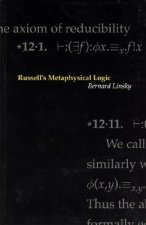
Russell's Metaphysical Logic
788 Kč -

Pip and Posy: The Scary Monster
202 Kč -

With Every Breath
363 Kč
Darujte tuto knihu ještě dnes
- Objednejte knihu a zvolte Zaslat jako dárek.
- Obratem obdržíte darovací poukaz na knihu, který můžete ihned předat obdarovanému.
- Knihu zašleme na adresu obdarovaného, o nic se nestaráte.
Informovat o naskladnění knihy
Zadejte do formuláře e-mailovou adresu a jakmile knihu naskladníme, zašleme vám o tom zprávu. Pohlídáme vše za vás.
Více informací o knize Public Natures
Nákupem získáte 163 bodů
 Anotace knihy
Anotace knihy
Authors' Statement Larger than life but part of it, infrastructure has an immediate presence; it shapes our environment and urban life in vital, authentic and often messy ways. The very nature of infrastructure suggests continuity and connection, yet the physical manifestation of infrastructure also has the capacity to sever communities and unravel the increasingly fragmented fabric of our metropolitan world. If infrastructure can be defined as the basic physical and organisational structure needed for the operation of a society or enterprise, then rail and subway lines, distribution grids, water ways, communications rights-of-way, highways, bridges, on and off ramps, are all elements of our constructed landscape that are as pressing as the cultural institutions that typically attract the attention of designers and the general public. We look at the physical elements of infrastructure and the often marginalized sites they occupy as potential contributions to a meaningful public realm. We focus our attention on the interstitial spaces that transform and reconnect disparate enclaves across the metropolis. Complementing the proposed reinvigoration of the infrastructural project proper, we also seek to expand the domain of infrastructure to encompass its latent qualities as an armature for social and cultural practices--its "public natures." Toward these ends, the case of the campus and the research institution offers a compelling venue to test the evolution of the infrastructural project in the spatial, social, and technological registers. In contrast to the open-ended movement and continuities associated with infrastructure, institutions have traditionally been characterised by the clarity of their boundaries, with finite internal infrastructures designed to support their distinct requirements. However, the expanding scale and definition of the campus and the proliferation of research institutions in cities po e new opportunities and challenges for infrastructural thinking. Herein lies the potential for activating buildings so that they perform not as static groupings of forms, but as ecologies of pieces which intersect and overlap with neighboring urban ecologies. What if a new paradigm for infrastructure existed? We imagine a definition that is both projective and pragmatic--a prototypical ideal might be described as an Evolutionary Infrastructure--intrinsically agile, capable of optimising the performance of static institutions and leveraging the stray spatial consequences of pre-existing infrastructures. Public Natures: Evolutionary Infrastructures suggests new obligations and opportunities for infrastructure, a doubling of responsibilities that tasks traditional mono-functional infrastructures with new public and ecological imperatives, and obligated urban institutions to create buildings that are effected by and affect infrastructures with new academic and cultural imperatives. This dual definition --of infrastructure bent towards public life, and buildings inflected to include more infrastructural dimensions --is especially relevant to urban centers and academic institutions that have experienced great transformation over time. At stake is the intrinsic tension between cities as places of exchange and movement, and institutions obligated to convey legible boundaries between what belongs to the institution and what is separate. We are interested in the capacity of these infrastructural elements to do more work, to leverage their very physical presence to support a broader range of ecological, institutional, and cultural imperatives. For us, the allure of this new public territory lies in the range of scales and hybrid opportunities it affords. Our idea of an evolutionary infrastructure doesn't condemn existing artifacts of infrastructure or depend on a tabula rasa utopian condition, but rather envisions new reciprocities between pre-existing infrastructural systems and more ecologically resilient territories for public life.
 Parametry knihy
Parametry knihy
Zařazení knihy Knihy v angličtině The arts Architecture Architectural structure & design
1631 Kč
- Plný název: Public Natures
- Podnázev: Evolutionary Infrastructures
- Autor: Marion Weiss, Michael A Manfredi
- Jazyk:
 Angličtina
Angličtina - Vazba: Pevná
- Počet stran: 304
- EAN: 9781616893774
- ISBN: 161689377X
- ID: 09028211
- Nakladatelství: Princeton Architectural Press
- Hmotnost: 1504 g
- Rozměry: 252 × 200 × 35 mm
- Datum vydání: 08. September 2015
Oblíbené z jiného soudku
-
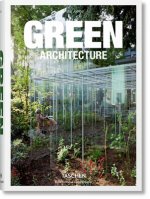
Green Architecture
590 Kč -

Architectural Styles
543 Kč -

Conditional Design
302 Kč -

Contemporary Concrete Buildings
502 Kč -

How to Read Buildings
372 Kč -
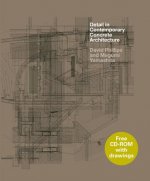
Detail in Contemporary Concrete Architecture
1019 Kč -

Clay and lime renders, plasters and paints
843 Kč -

Place to Call Home
1253 Kč -

Building a Sustainable Home
581 Kč -

Luxury and Modernism
2220 Kč -

Essential Natural Plasters
925 Kč -

Principles of Element Design
1544 Kč -

Detail in Contemporary Residential Architecture 2
1211 Kč -

Small Eco Houses
701 Kč -

Cabin Porn
289 Kč -

BIG. Yes is More. An Archicomic on Architectural Evolution
614 Kč -

Skyscrapers
759 Kč -

Fast Guide to Architectural Form
425 Kč -
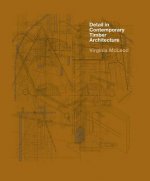
Detail in Contemporary Timber Architecture (paperback)
810 Kč -

Earthen Floors
693 Kč -

Detail in Contemporary Glass Architecture
1345 Kč -

Complete SketchUp Companion for Interior Design
2585 Kč -

Essential Rammed Earth Construction
988 Kč -

Where Architects Sleep
564 Kč -
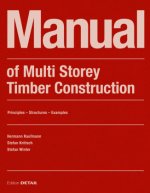
Manual of Multistorey Timber Construction
2649 Kč -
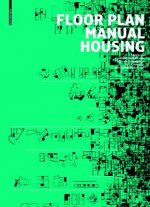
Floor Plan Manual Housing
1658 Kč -

Architectural Styles
509 Kč -
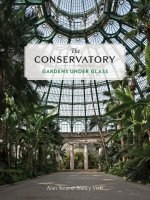
Conservatory
1145 Kč -

Pattern and Ornament in the Arts of India
614 Kč -

Manual of Recycling
3070 Kč -

Canon of the Five Orders of Architecture
330 Kč -

Introduction to Architectural Science
1682 Kč -

Owner Builder's Guide to Stone Masonry
589 Kč -

Essential Light Straw Clay Construction
950 Kč -
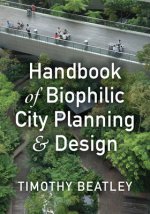
Handbook of Biophilic City Planning & Design
1082 Kč -

100 Buildings
510 Kč -

Berlin - The Architecture Guide
764 Kč -

How to Date Buildings
188 Kč -

Making Dystopia
744 Kč -
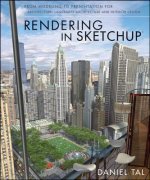
Rendering in SketchUp - From Modeling to Presentation for Architecture, Landscape Architecture and Interior Design
1416 Kč -
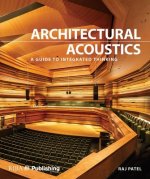
Architectural Acoustics
1822 Kč -
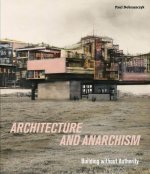
Architecture and Anarchism
765 Kč -

Sustainable
731 Kč -

Designing with Society
1334 Kč -
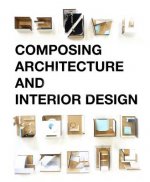
Composing Architecture and Interior Design
425 Kč -

Builders of the Pacific Coast
795 Kč -

Treehouse Book
410 Kč -

Modulor and Modulor 2
1389 Kč -

Architect Says
337 Kč
Osobní odběr Praha, Brno a 12903 dalších
Copyright ©2008-24 nejlevnejsi-knihy.cz Všechna práva vyhrazenaSoukromíCookies


 Vrácení do měsíce
Vrácení do měsíce 571 999 099 (8-15.30h)
571 999 099 (8-15.30h)